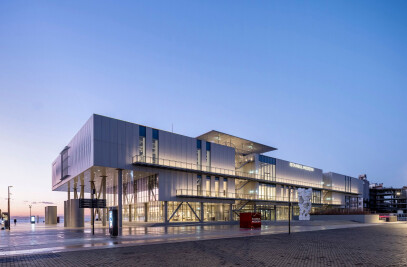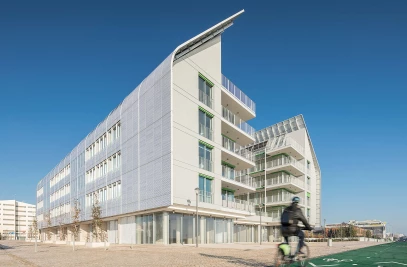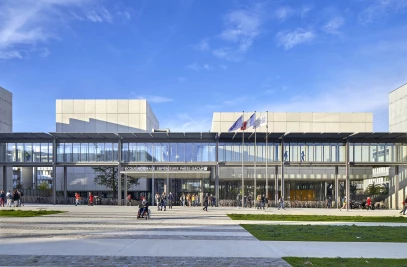When thinking about what kind of building would be perfect to create a space for contemporary culture, a power station comes to mind immediately! This is what RPBW found in Moscow: a magnificent historical power station built between 1904 and 1908. Thus, the GES-2 project transforms this building into a space conceived as an articulated experience going from visual to performing arts, passing through a civic free space destined for people.
V-A-C Foundation creates a social and cultural experience revolved around visual arts, performing arts, music but also science and sustainability.

“Art, architecture, and science need democratization. Everything that was previously under lock and key is now accessible. The university was once a walled-off abbey, but university campuses are now part of the city. Opera houses and philharmonic halls welcome the general public, not only lovers and connoisseurs of classical music. Contemporary art is more democratic than classical art, and complex, multifunctional cultural buildings have partly taken the place of temples. And, like temples, they are open to everyone.”
- Renzo Piano
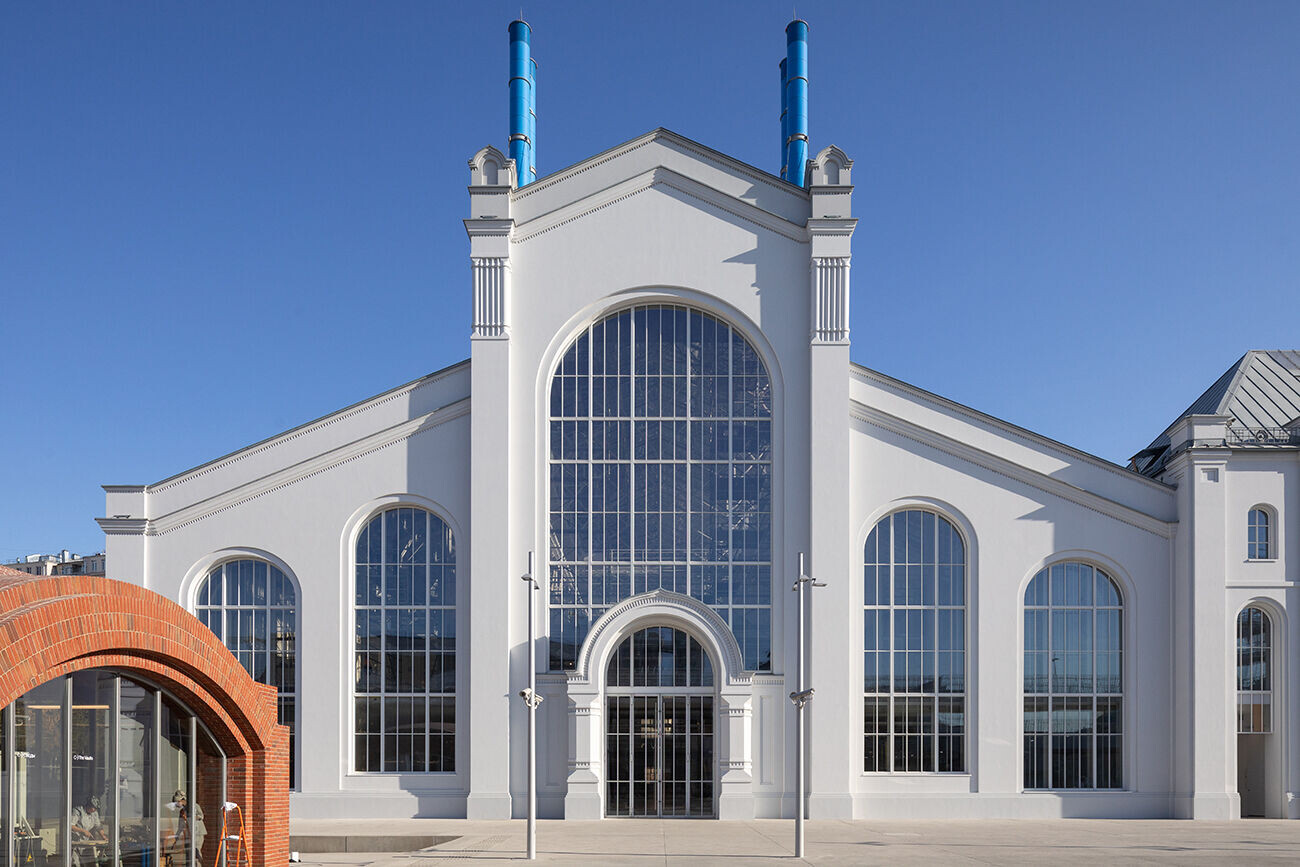
The project’s site is part of a very active district on the island now named “Red October” clearly intended for young generations. The key elements of this neighborhood are the “Red October”, a chocolate factory turned into a container for start-ups, cafés and restaurants; the Strelka Institute, a true urban laboratory including an educational and research program; and the historic Udarnik Theatre, an important piece of Russian architecture. The synergies between V-A-C Foundation and these local components develop the cultural and multigenerational character of this part of the island, thus becoming a destination for Muscovites, Russians and international visitors.

Inside the building sized nearly 20,000 m², the spaces and functions are organized into four major poles: The Civic pole consists of a combination of free access spaces and activities, and is open to the outdoor piazza to catch and bring in street life. In the center, the “indoor Piazza” acts as the entrance and the beginning of the V-A-C experience. Connected to that, to the North stand the Library and media hub, and to the South, there are a free art installation space and a restaurant.

The Welcoming pole is located in the center of the main building and is accessible from the “indoor piazza”. This space contains multiple informal activities like ticketing, information, orientation and shop at the ground floor level. Above, an open performance area with a seating deck is watching the “forest” and an enclosed auditorium is located in this area with a separate access. The area includes also amenities like a café and snack bar on a mezzanine.
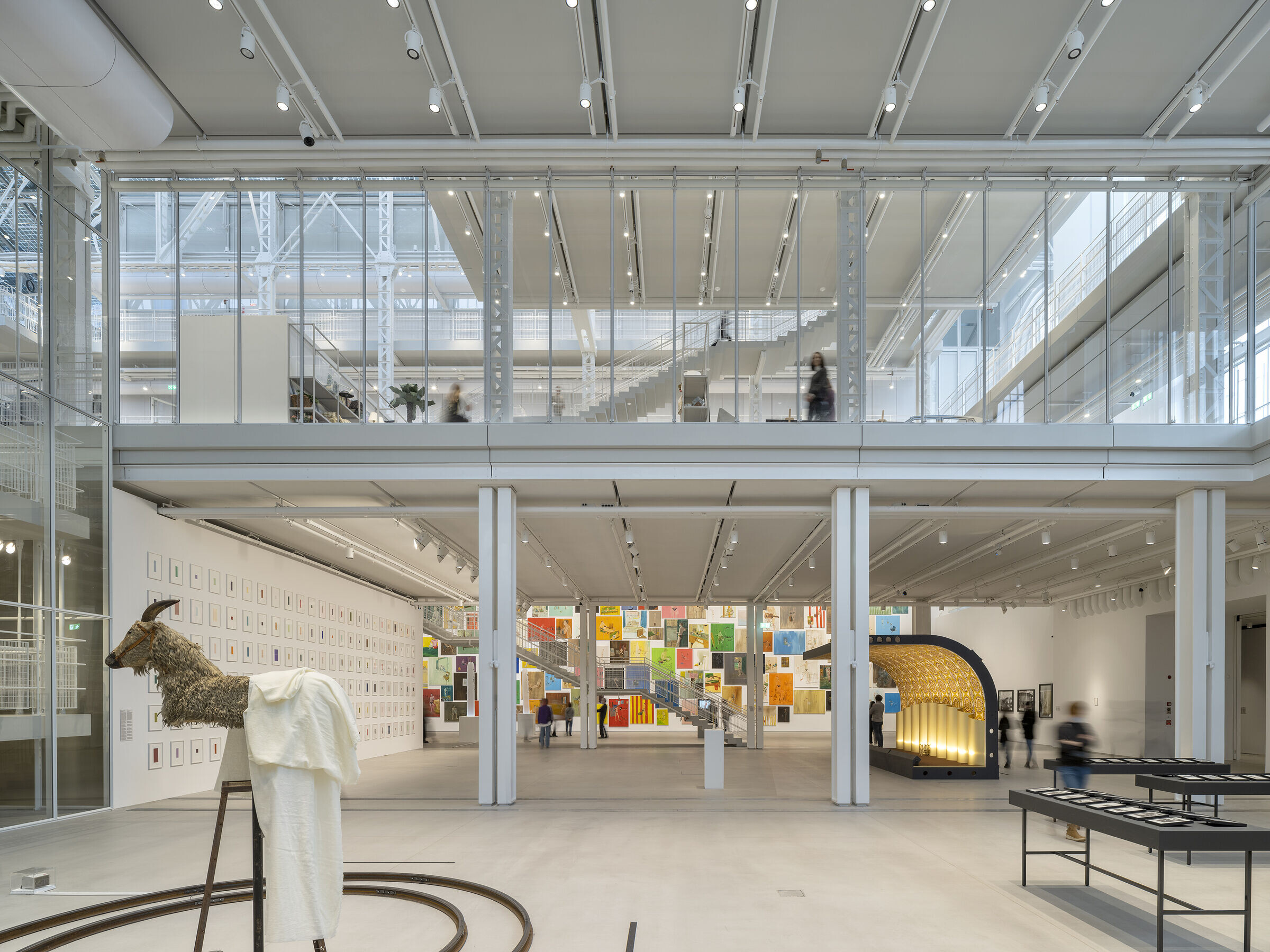
The Exhibition pole welcome all the exhibitions. It is a combination of spaces of different sizes and heights, offering a multiplicity of space conditions to host any kind of artwork. The Education pole takes a glimpse into the exhibitions, which includes the School of Art, dedicated to grow a new generation of art curators, critics and historians; and the Lifelong Learning, with classrooms and workshops oriented to a general public. Some artists’ residences with workshops located on the North tower are also part of this pole.
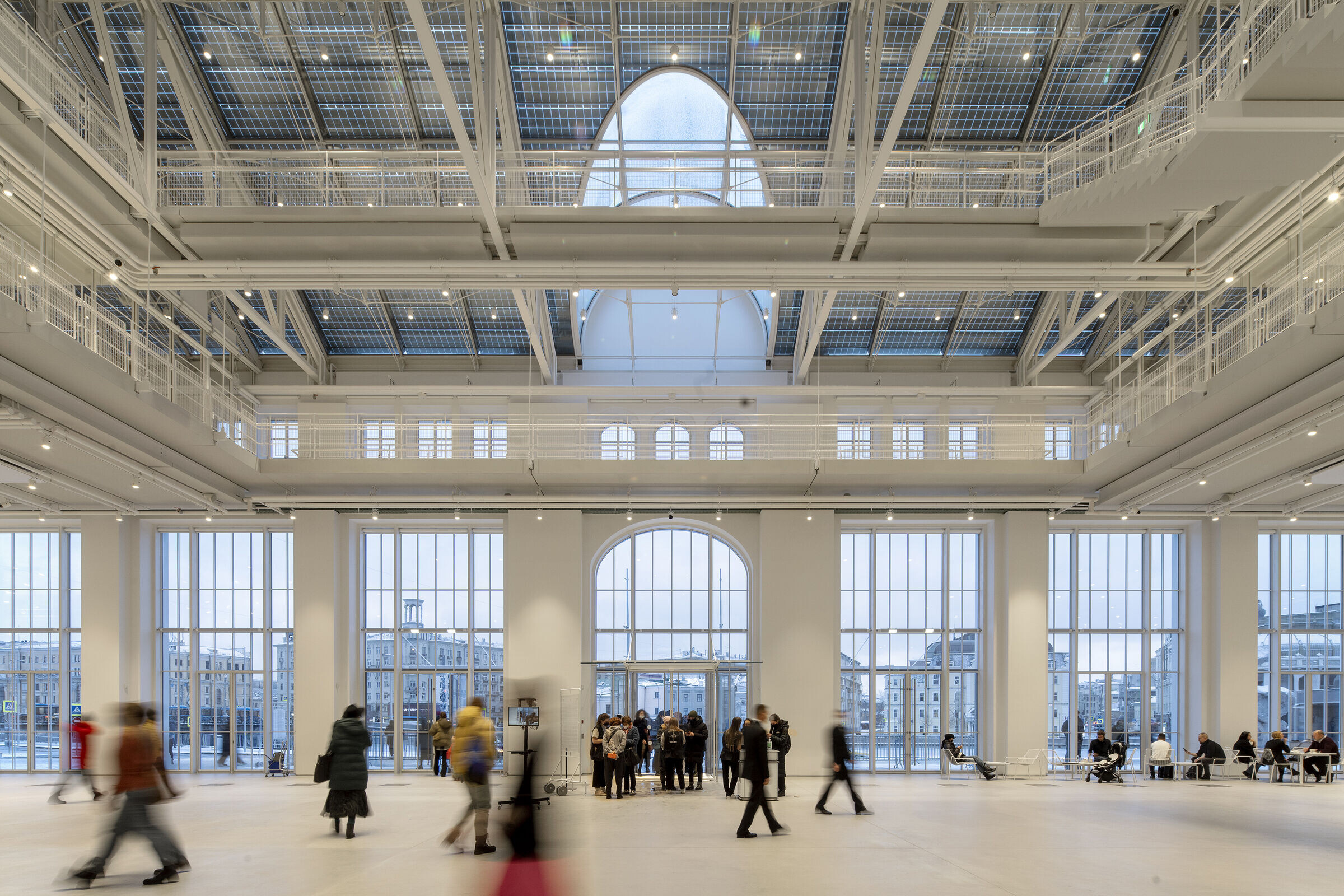
The project restored the 4 brick chimneys present on the site into steel chimneys. Thanks to a conscious sustainable approach, the new chimneys, from four polluting pipes, have become four essential sustainable devices, catching the cleanest air at a 70 meter altitude, activating natural ventilation and reducing energy consumption.
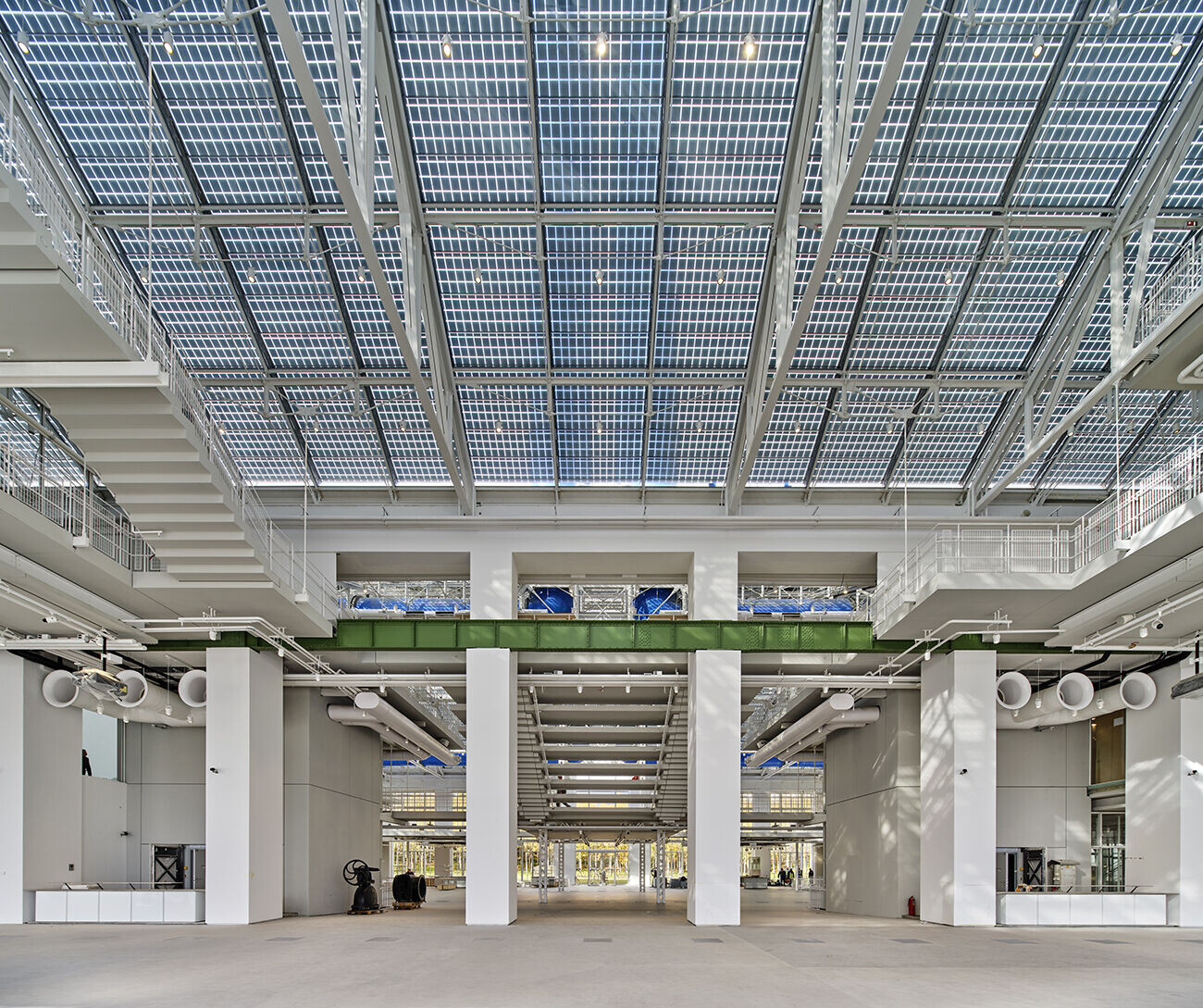
The nature is also part of the project. Indeed, a “forest” of birches was planted inside the museum. Thus, on the West portion of the site, a sculpture garden progressively leaves the place to hundreds of trees planted on a sculpted landscape.
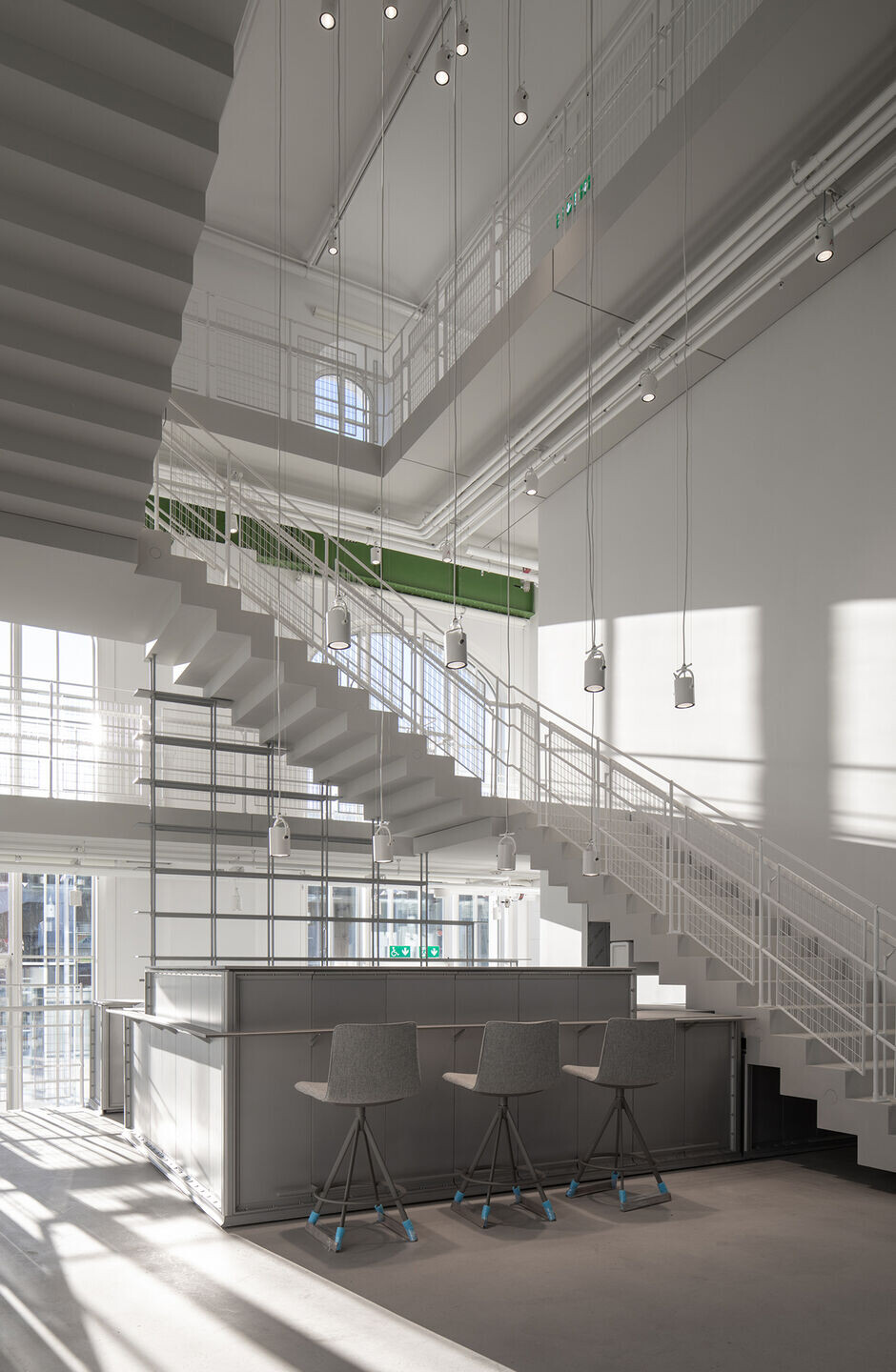
Finally, the project is guided by two main concepts: First, the idea is to build a space where visitors feel guided by their own intuition. Thus, when entering and reaching the “welcoming” area, it is sufficient for them to turn their eyes right and left, up and down to understand what is inside, where to go, and how to move. Ideally, they don’t need any plan to visit the entire center. The second relates to the circulation strategy: the “circulation web”. The idea is to create a fluid and visible web, a single piece conceived as kind of spatial sculpture, consisting of stairs, lifts, corridors, canopies and platforms, connecting to each other all the spaces and activities, as well as highlighting the entrances from Bolotnaya nab and from the pedestrian bridge.





























